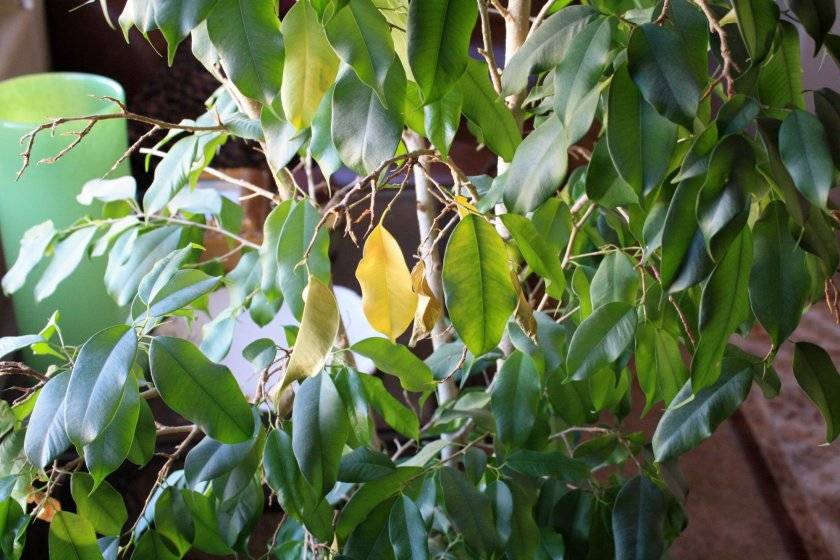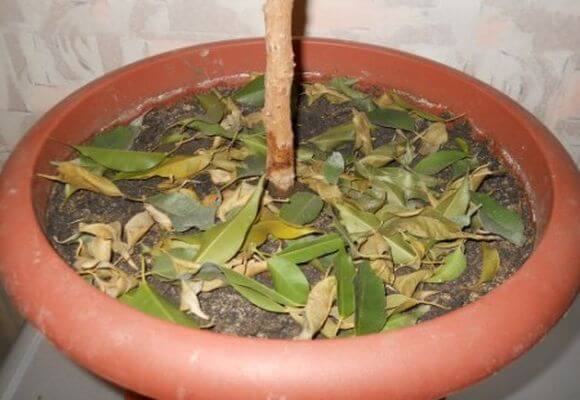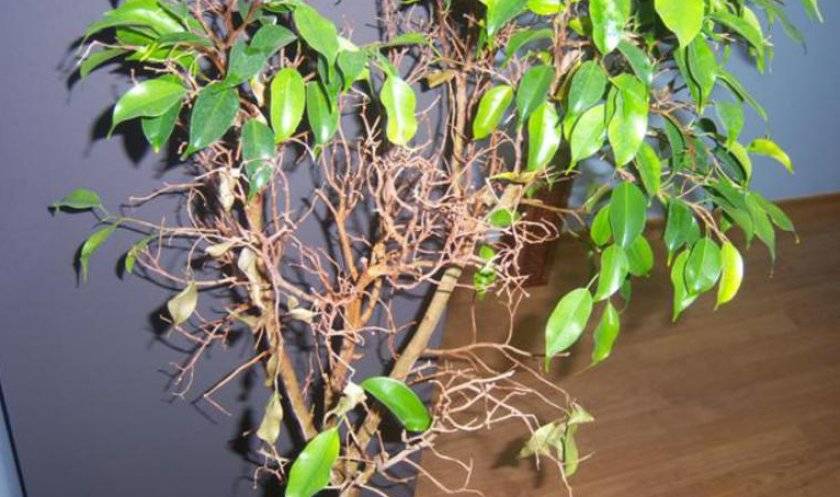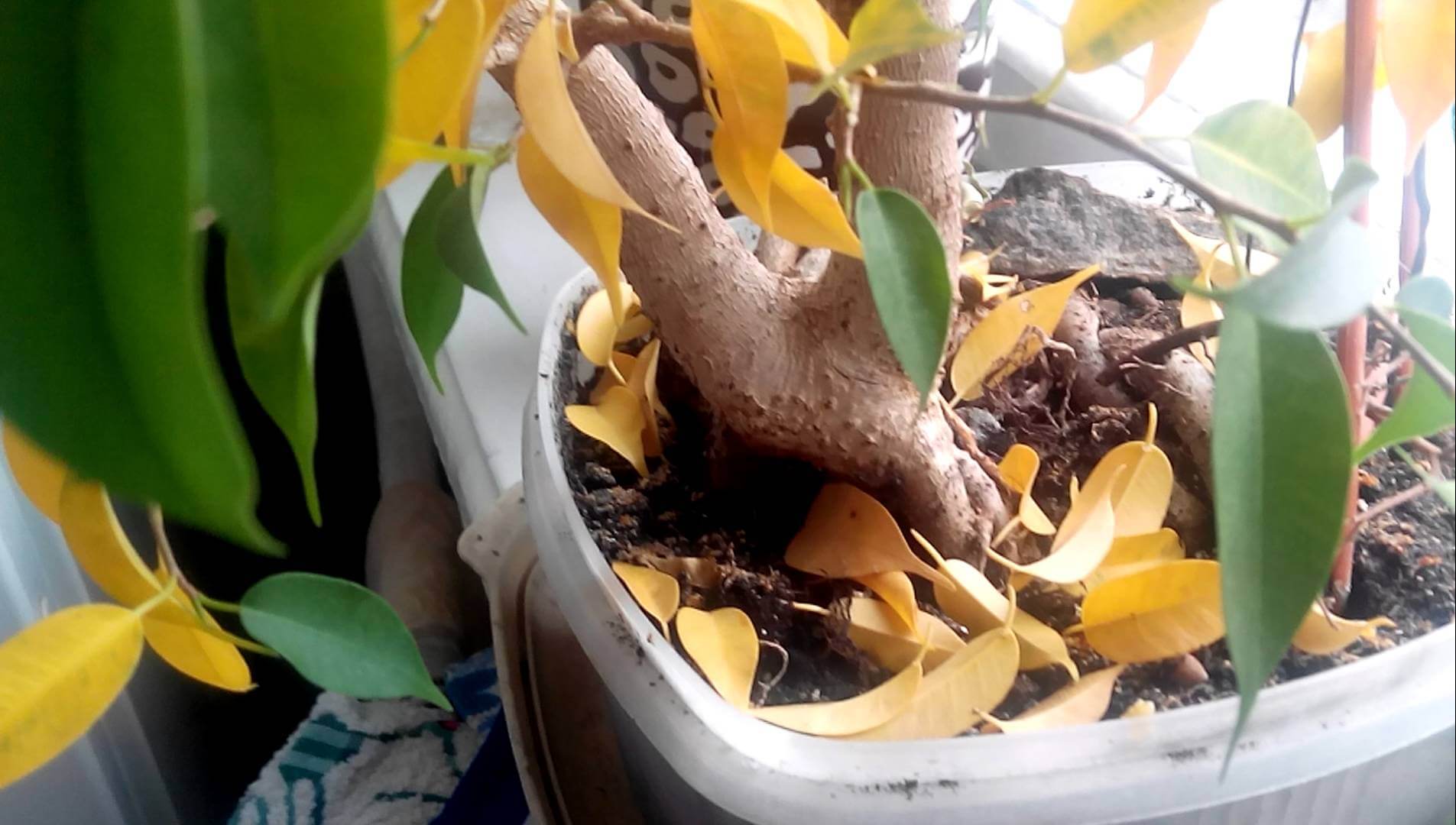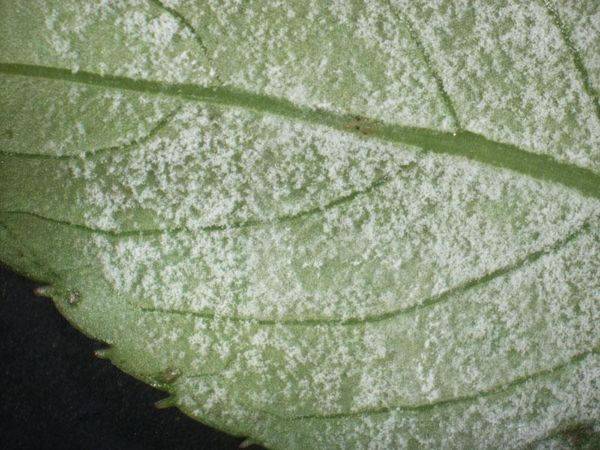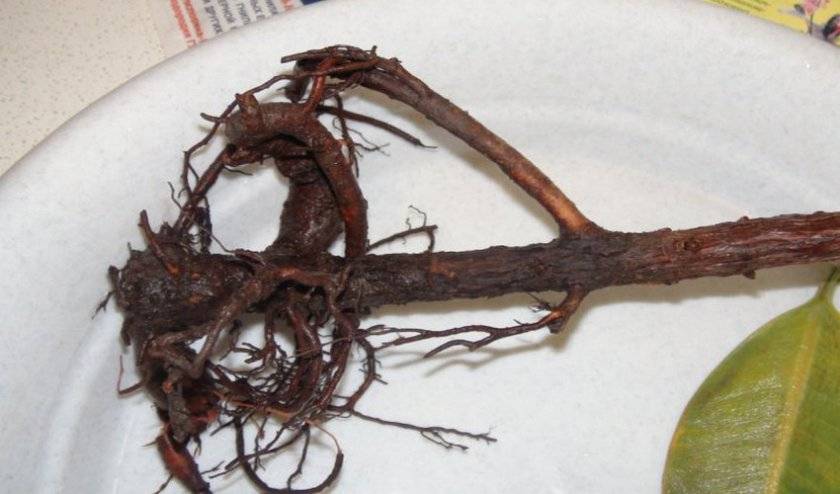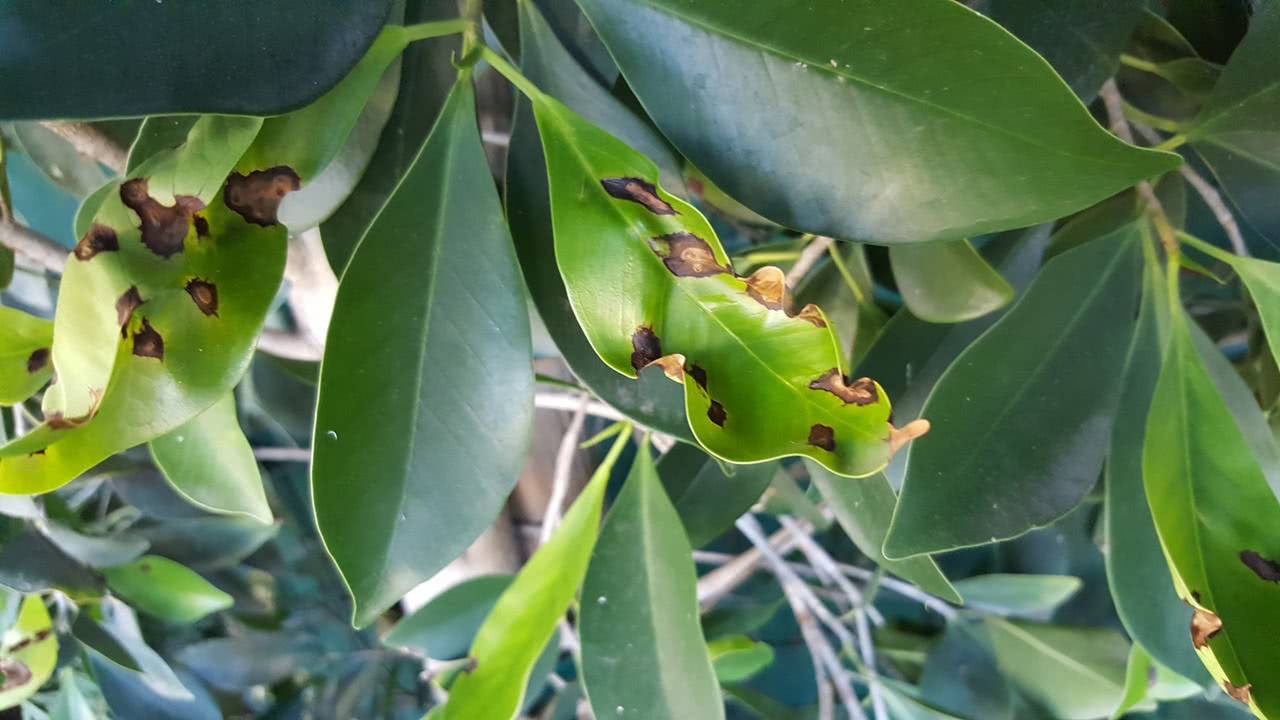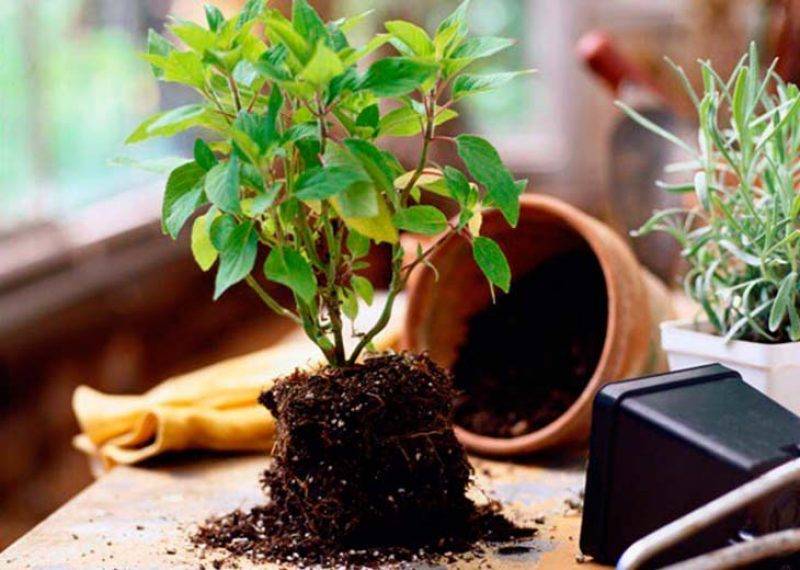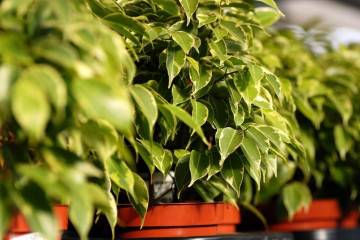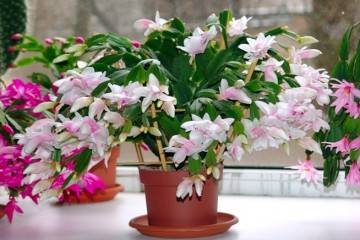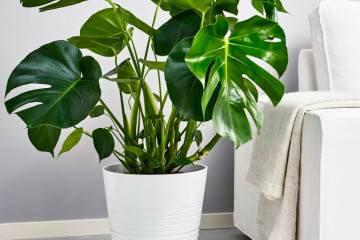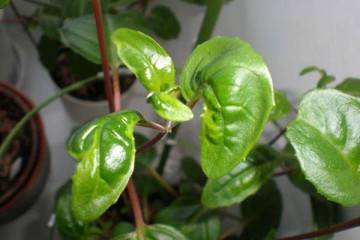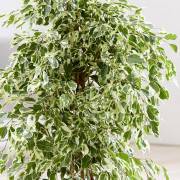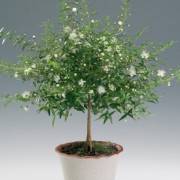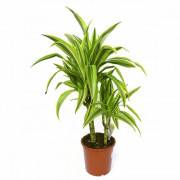Why do ficus leaves fall - reasons
Content:
Ficus is a tree native to Asia and Australia. It has become a popular houseplant due to its majestic growth and glossy green foliage. Although it is an easy-to-maintain and attractive plant, its leaves can fall off and turn yellow for no apparent reason. To maintain its beautiful appearance, you need to know and follow simple rules for caring for this tree.
When to sound the alarm if the leaves turn yellow
Shedding a small amount of foliage is natural and normal in the fall / winter season. But you need to be wary if, when the season changes, the ficus constantly turns yellow and loses its leaves. In this case, the plant needs special care and treatment.
Ficus sheds leaves: the reason and what to do
Problems arise when growing ficus trees indoors, as they originate in subtropical regions with a very pronounced wet and dry season. The changes in their natural climate meant that the plants had to prepare for the upcoming dry season with little water. They have become accustomed to this impending fluid shortage by shedding and reducing the amount of foliage the plant would need to support.
Now that they are grown indoors and face fluctuations in care or climate, ficuses turn yellow and shed their leaves as a survival mechanism brought about by their natural evolution and adaptation to outdoor growing conditions. Ficus often sheds more than 20% of its foliage in an attempt to adapt to changing conditions caused by abiotic or biotic stressors.
Temperature regime
Environmental changes are another major reason why ficus leaves fall. As temperatures change and day length shrinks, the plant will prepare for what it believes to be the coming dry season by triggering survival mechanisms.
The actual transition from one season to the next will also cause the tree to shed its foliage as it adapts to differences in sunlight, temperature, and relative humidity. These conditions are less different indoors than outdoors, but still enough for the plant to feel the need for acclimatization.
Many houseplants are susceptible to drafts in homes due to loose windows or ventilation openings. These extreme temperature fluctuations cause the leaves to fall.
Air humidity
One of the most common reasons why ficus leaves turn yellow is a lack of water.These finicky plants do not like to grow in humid conditions and instead prefer well-drained media when growing in containers. However, there is a fine line between allowing them to dry enough between waterings without leaving them too dry.
The reason a tree sheds its leaves when it is not adequately hydrated is due to its evolution. It prepares itself for dry seasons by reducing foliage that needs moisture. This is how the plant survives. When they don't get enough indoor water, they think it's dry season and may shed their leaves in response.
Diseases
The stress caused by bacterial diseases and fungal infections also causes the leaves of the ficus tree to fall off. Powdery mildew, root rot, and anthracnose are the most common problems.
Powdery mildew
Ficus trees attract few bacterial pathogens but occasionally develop Xanthomonas leaf spot. The bacterium enters the plant through damage or the plant's natural respiratory pores, called stomata, and then spreads throughout the plant tissue. Early symptoms include tiny, water-soaked spots appearing on the leaves. These spots quickly enlarge and coalesce, sometimes forming irregular, bright yellow borders at the edges of the leaves. Any type of severe leaf blight can cause the tree to crumble early in the growing season.
Root rot
Due to abundant watering, the soil is depleted, which promotes the growth and reproduction of the fungi Pythium, Phytophthora, Rhizoctonia or Fusarium. They spread in the roots, infecting the plant. Healthy roots turn brown and soft and die, unable to take in the nutrients they need to grow.
The problem with root rot is that it often goes unnoticed because it occurs below the surface of the soil and out of sight. Symptoms first appear on the roots, causing them to turn brown and soft - classic signs of decay. As root rot develops, the leaves turn yellow, wither, or fall off.
Once symptoms begin to appear on the leaves, the problem can be overcome by preventing the threat to the entire plant. In extreme cases, such as in pots without drainage holes, root rot can kill an entire plant within 10 days.
Anthracnose
Plants sometimes suffer from anthracnose, a fungal disease that thrives in humid conditions. Initially, anthracnose causes fatty yellow spots to appear on the leaves, and brown or reddish-brown ulcers appear along the main petioles. Infected plant tissue usually dies off, causing the affected leaves to curl or deform. Premature leaf fall often occurs with severe anthracnose infections.
Bacterial diseases
Such lesions are usually fatal to ficuses. They are caused by Agrobacterium tumefaciens. They appear as slightly swollen patches on infected leaf stalks, stems, or roots. No chemical preventive or control measures are effective. Since it is not possible to save the plant, it will have to be destroyed.
Pests
Detection of pests is a sure indication that the leaves of the ficus will begin to turn yellow and fall off, which in some cases leads to the need to trim the plant or to destroy it.
Regardless of the type of insect problem, manual insect removal is a viable option to cure indoor-grown trees. Heavily infested stems or branches should be trimmed and discarded to prevent the spread of infestation. Trees can also be sprayed with neem oil, a natural pesticide.
Shield
It is a threat to most types of fruit trees and ornamental small-leaved shrubs. Pests pierce the leaves, stems, branches and trunks of trees to feed on the sap in these tissues, damaging the plant as a whole.
Yellow spots appear on the tops of the foliage; these insects suck out sap and chlorophyll. Leaves can wilt, become stunted, and the general appearance of the plant deteriorates.
Mealybug
These pink, soft-bodied insects are covered in a white, waxy, almost cotton-like material. Cotton down protects them from moisture loss and excess heat. Commonly found in colonies in protected areas of ficus, such as on leaves near the bend of branches.
Symptoms manifest as slow or deformed leaf growth, especially on young twigs, when mealybugs inject toxin into cells by feeding on plant fluid. They also release dew during feeding, promoting the growth of soot.
Spider mite
These tiny sucking pests are found on the underside of the leaves, wreaking havoc on indoor plants. Spider mites feed on the fluids inside the leaves of ficus plants, penetrating the wax coating.
One of the biggest problems with spider mites is their prolific nature. Often, severe infestation occurs unnoticed before the plants show physical symptoms of damage.
When infested with spider mites, the leaves may become discolored or completely yellowed. Plants may also have thin spider webs between the leaves or at the base of the plant.
Other reasons why ficus leaves fall and what to do
Watering and lighting play an important role in growing a flower.
Incorrect transplant
Transplanting a tree causes him almost inevitable stress. Plants were not designed to move from place to place, and when people do this to them, it necessarily causes some problems.
The transplant should take place according to certain rules:
- do not touch the roots: do not shake off the ground and do not clean;
- transfer as many roots as possible;
- water thoroughly after transplanting;
- when transplanting, the root ball should not be too dry, otherwise the roots will be damaged.
Lack or excess of lighting
In their native tropical regions, ficuses thrive in full sunlight and require the same amount when grown indoors. Reducing light exposure as the days get shorter will cause leaves to fall. It is recommended to keep the windows clean and let in as much light as possible. To do this, you need to keep curtains and blinds open during the day.
Watering errors
Scheduling watering is a daunting task when growing indoor ficus.Too little water will cause the leaves to fall off. Too much water will do the same. When the plant is over-watered, root rot occurs. The best method is to maintain a constant, even watering schedule during the active growing season in the warmer months and reduced but consistent in the colder winters.
Prevention of falling and yellowing of leaves in ficuses
Now that the common causes of yellowing of the ficus are known, it is possible to analyze in more detail the question: what to do if the ficus sheds its leaves and how to care for it in order to minimize future cases.
- Sequential watering. A regulated level of humidity depending on the season is important. At the same time, a uniform irrigation schedule should be maintained during the transition to autumn, spring and other seasons. Ficus needs a lot of water during the warm season, when it is actively growing. In winter, you need to water it less, as it grows much slower.
- Exposure to light. The ficus will absorb as much light as it can receive. The priority spot in the home is one that gets bright, albeit indirect, light for most of the day. It is not recommended to allow direct sunlight to enter, as the leaves may turn yellow from them.
- Pruning. It is necessary so that the plants do not grow strongly and do not take up all the space in the house. If growing conditions are optimal, they will grow tall.
If all the conditions necessary for a ficus are met, this tree can create a beautiful mini-garden in the house. Regular inspection of this plant can help prevent damage caused by disease and pests.
